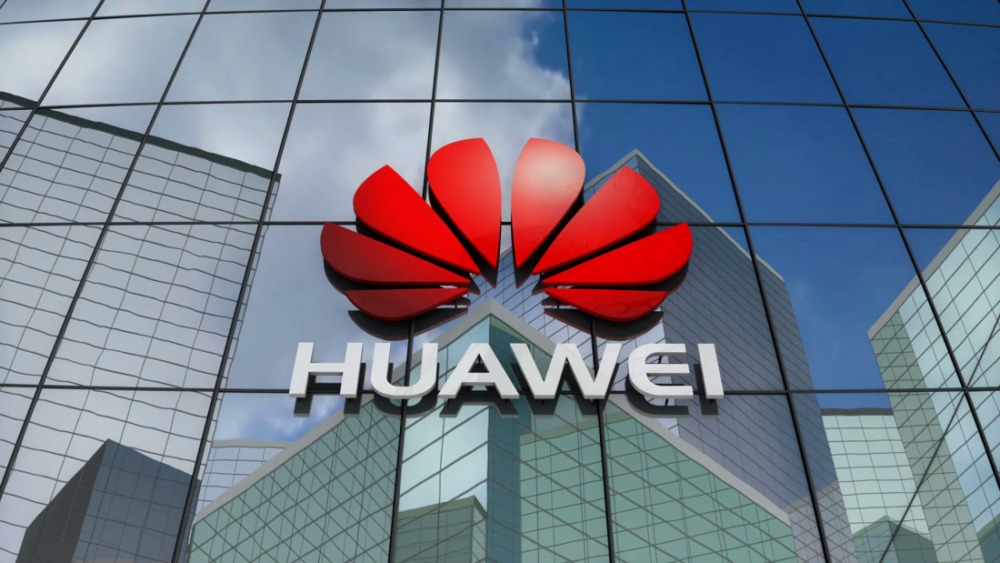In many ways, Huawei’s progress from a company which started with just $5680 in a decrepit building to a global brand with annual sales of over $86 billion mirrors the city in which it was started – Shenzhen.
In just three decades, Shenzhen has transformed from a village to a towering metropolis with a reputation for innovation and being at the cutting edge of technology, earning it the nickname of the Silicon Valley of the East.
It’s here that Huawei invited ProPakistani to show what enabled it to scale to this level.
Over a few days, I got to talk to the people behind Huawei’s branding, the Kirin 980, EMUI 9.0, Quality Assurance and other projects like IoT and connected homes. We visited the $1.5 billion Huawei campus, saw the P20’s journey from silicon wafers to a smartphone on an assembly line, and witnessed robots abusing smartphones in the name of durability testing.
The main thing that stood out throughout the experience was Huawei’s relentless focus on innovation.
“Everyone at Huawei is aware of the importance of Research & Development (R&D). We outspent Apple with over $13 billion spent on R&D last year. Out of a total of 180,000 employees, over 80,000 work on R&D,” said Mr. Jerry, Director – Global Brand Partnership, Huawei CBG.
The efforts to inculcate innovation at every level have resulted in the company jumping to the number 2 spot in the list of smartphone makers in the world. Innovations like a triple camera on the P20, certified safe supercharging technology, AI-powered chipsets, and others have helped the company grow 41% annually in Q2 2018 amidst declining global smartphone shipments.
Apart from the US, where the company faces regulatory hurdles, Huawei has managed to provide a credible challenge to the duopoly of Apple and Samsung in almost every region.
The company has four major series – the Y series focused on the budget market, the Mate series for power users, the P series which combines the best tech has to offer with style and the Nova series, which is proving to be extremely popular among the younger demographic and women in particular, who make up 50% of all sales.
Interestingly, among all markets in the Middle East and Africa region, the Nova series has performed the best in Pakistan.
“Even we were caught by surprise at the strong sales in Pakistan, which surpasses estimates”, said a Huawei executive while talking about the Nova series.
So how does Huawei plan to maintain momentum and catch up to Samsung?
The upcoming Mate 20 Pro is going to pave the way. The flagship will refine the P20 Pro’s triple camera setup, which is still ranked as the best camera on any smartphone months after launch. It will be powered by the Kirin 980, which is the first 7nm chip in the world (Huawei announced it before Apple, an executive assured us) and it will feature significantly improved AI capabilities.
“Kirin 980 is a breakthrough chip. It features the world’s first cortex-A76 architecture chipset, the world’s first dual NPU design, improves performance by 20% and power efficiency by upto 58%”, said Mr. Benjamin Wang, Deputy General Manager – Wireless Terminal Chipset Business Unit at Huawei CBG.
Then there are headliner features like a 6.9-inch display and a redesigned EMUI which the company promises will be simpler and more feature rich compared to vanilla Android and other skins.
“We went back to the drawing board and redesigned EMUI to be simpler and more intuitive. We’ve reduced the number of taps and actions it takes to get to a setting and the number of settings themselves. A huge focus has been to embrace natural design – which means we’ve weaved nature into the interface to instill a sense of calm and peace when using the device. Ultimately, we want to enrich and allow our users to lead balanced lives”, said Mr. Ryan Lui, AVP – Software Marketing, Huawei CBG.
Topping it all off is rigorous quality control. “So that we aren’t forced to recall millions of smartphones unlike our competition”, said Mr. Chang, Director – Handset Quality at Huawei CBG while practically laughing out loud.
In a detailed presentation about the Nova series, Ms. Fang Fei, Vice President – Handset Business, Huawei CBG, explained how the series had struck a chord with the younger demographics and sold over 40 million units since 2016. “We want Nova series to be the ultimate device for youngsters. That means attractive designs, a great selfie experience, strong multimedia capabilities and a variety of colors to express your personal taste”, she added.
Talking with Huawei executives across various divisions and seeing how the company operates, I was left with the distinct impression that its rise has been anything but accidental – and it’s here to stay. Who knows, maybe in a year from now as we prepare for the Mate 30 Pro, Huawei will manage to even sneak the top spot from Samsung.
Note: This article was produced in partnership with Huawei, who sponsored a trip to China for select Pakistani journalists























